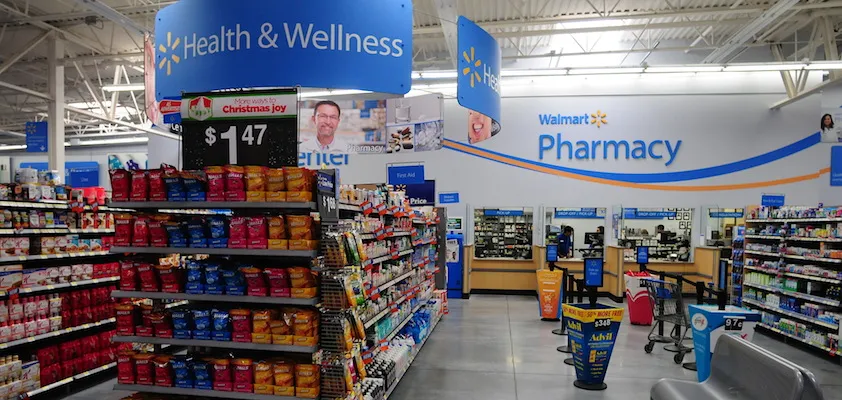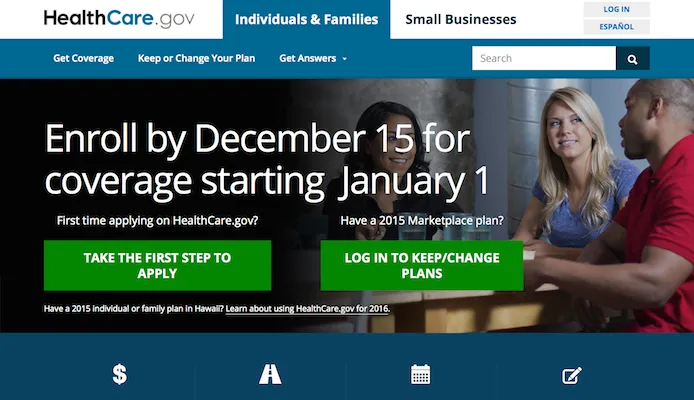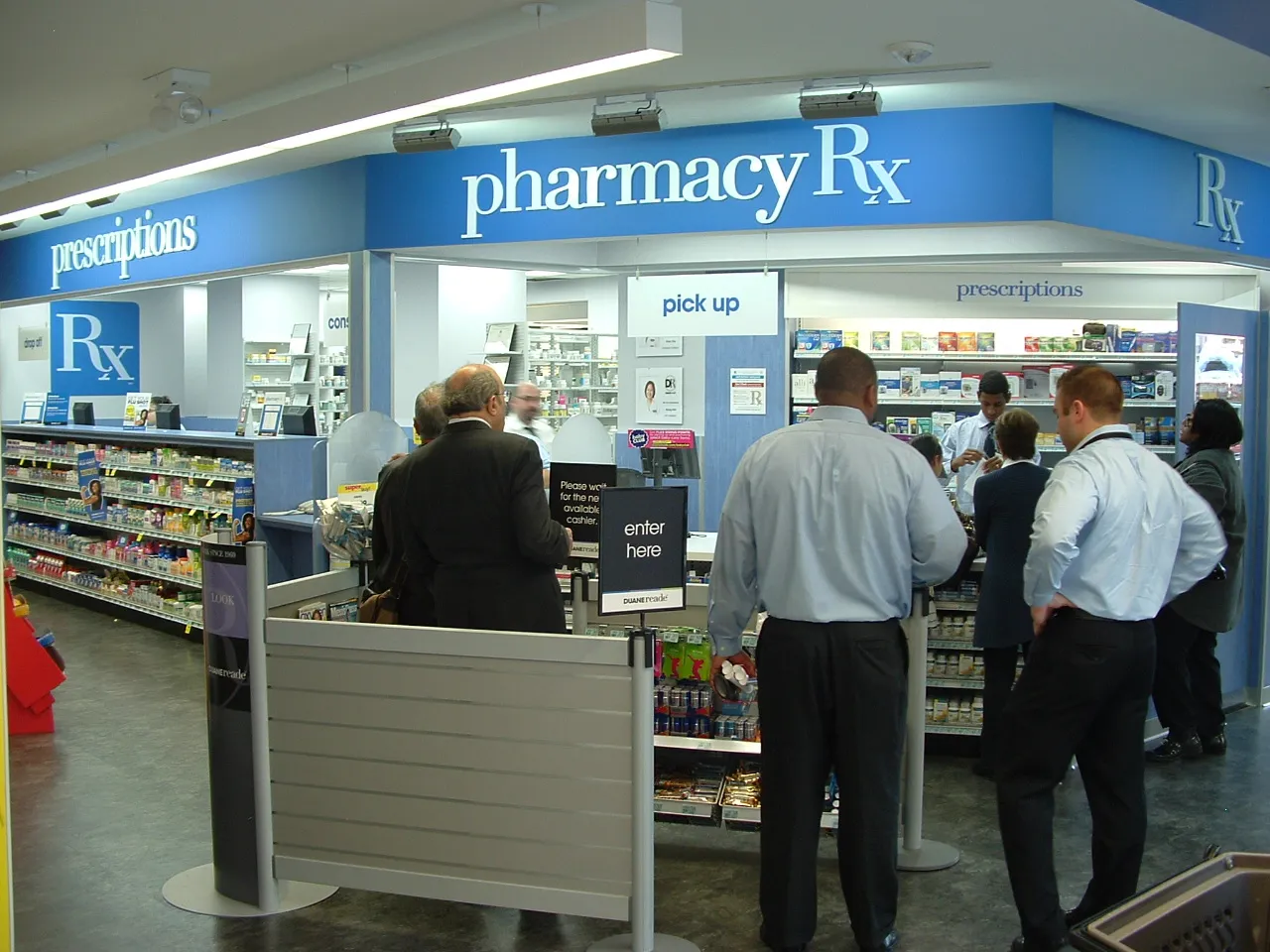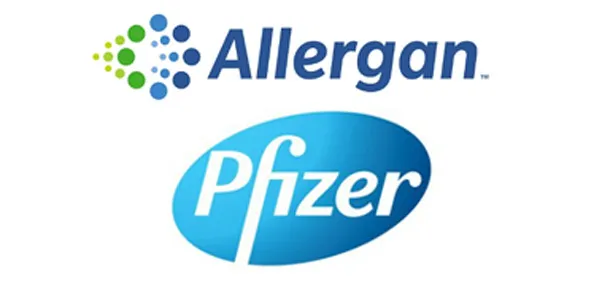The move toward closer cooperation among providers is one of the more intriguing developments in health care, one that promises to improve patient outcomes and limit expenditures in a sector that accounts for almost 20% of the nation’s gross domestic product.
CVS Health’s William Shrank
The rationale behind the partnerships, and the role of community pharmacies within them, is spelled out in a recent article by Dr. William Shrank, senior vice president, chief scientific officer and chief medical officer for health systems alliances at CVS Health.
Appearing in Harvard Business Review, Shrank’s article, “A Case for Why Health Systems Should Partner With Pharmacies,” highlights the unique sets of assets that the retail pharmacy profession in general, and CVS in particular, can bring to bear on addressing some of the chronic problems that have plagued health care in the United States.
Triggered by implementation of the Affordable Care Act and innovations by companies in the private sector, the transition to value-based, he writes, puts a premium on obtaining data and services that can raise the level of coordination in health care. With stores within five miles of more than 90% of the population, an extensive technology infrastructure and tens of thousands of highly trusted health care professionals, chain pharmacies are in a powerful position to meet that need.
Shrank, who prior to joining CVS was a practicing physician with Brigham Internal Medicine Associates at Brigham and Women’s Hospital in Boston, as well as an assistant professor at Harvard Medical School, points out that to maintain good health individuals, especially those with chronic conditions, need to do more than make periodic visits to their physician. As the most easily accessible health care providers, pharmacists, who normally can be seen without an appointment, are ideally situated to encourage patients to take steps to support their health, including adhering to medication regimens.
Prescription noncompliance is an enormous problem. As Shrank notes, only about 50% of patients take medications as directed. By undercutting the efficacy of pharmaceutical therapy, nonadherent patients rack up almost $300 billion a year in medical costs that would otherwise be unnecessary.
In light of their advantages, Shrank says, “It’s not surprising that pharmacists have the greatest positive influence, compared with other health professionals, on patients’ medication adherence.
“Pharmacists are trained to know about medications, and they focus on them all day. They also have direct access to real-time data about patients’ medication use. By partnering more closely with retail pharmacists, health systems have a chance to promote better medication adherence and to keep patients healthier between visits to the doctor.”
Increasingly, the inherent strengths of retail pharmacists are supplemented by a variety of resources. Shrank cites an impressive array of capabilities that CVS has deployed to improve patient care, including ScriptSync for synchronizing prescription refills; such “high-touch specialty services” as phone support for patients who require it; and direct electronic connections with other health care providers. The company leverages the data at its disposal to identify gaps in prescribed medication usage and intervenes with patients through its Pharmacy Advisor program.
Shrank says payers receive a $3 return on every dollar invested in the service. CVS is taking that approach a step further with its Predictive Adherence Index, which uses pharmacy claims data to identify patients who are most likely to be noncompliant, and the Vulnerable Patient Index to pinpoint people who have a high probability of incurring excessive medical costs.
Another piece needed to solve the health care puzzle that CVS provides is the walk-in medical clinics it operates in many of its drug stores under the MinuteClinic banner. “As providers increasingly participate in value-based purchasing arrangements, what used to be profit centers have become cost centers,” Shrank writes. “… By moving more of ongoing care into patients’ neighborhoods, pharmacies that are connected with health systems can help everyone conveniently access simple, low-cost services.”
Evidence to support the assertion that the health care system would benefit by allowing community pharmacies to assume a larger role than they have had in the past is abundant. What’s still to be determined — an issue that was outside the scope of Shrank’s article — is how the economic model that has sustained retail pharmacy will have to change in order to support the new paradigm. There will be bumps along the way during the transition, but it’s reassuring to know that Shrank and his counterparts at other pharmacy chains are already working to meet the challenge.









